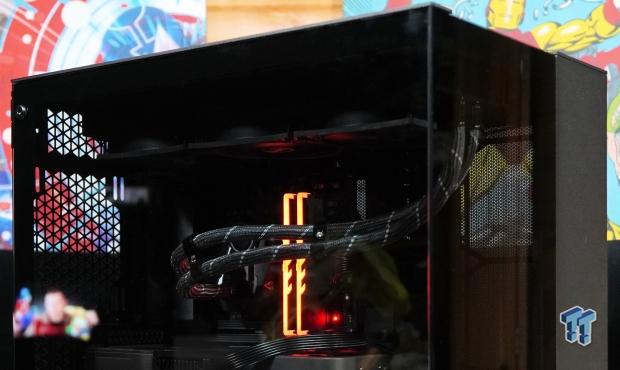
The Bottom Line
Pros
- + Three versions of the 6500 variant
- + Supports three 360mm radiators simultaneously
- + Great front I/O support
- + Supports Project Zero and ASUS BTF motherboards
Cons
- - Fans are not included
- - A higher price point of $199.99
- - Plastic 3.5" HDD sleds
- - Optional case panels are quite pricey at $74.99 and $99.99 price points
- - No inverted motherboard configuration
Should you buy it?
AvoidConsiderShortlistBuyIntroduction, Specifications, and Pricing
Today, we will look at an ATX case from our friends at Corsair. The 6500X, a mid-tower ATX case in the fish tank style of other ATX cases, was announced at CES 2024. Corsair has priced the 6500X and 6500D at a whopping $199.99, so let's look at it and see why.

Packaging
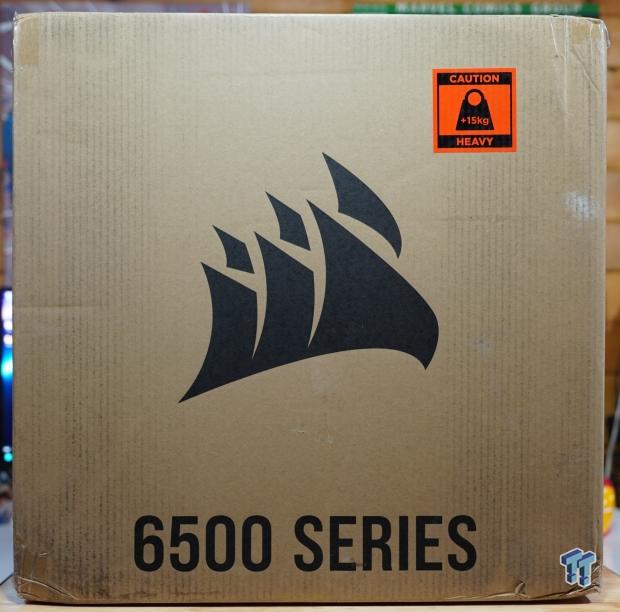
Corsair's packaging is the typical industry standard: a large brown cardboard box with the company's sail logo labeled "6500 Series" on the bottom.
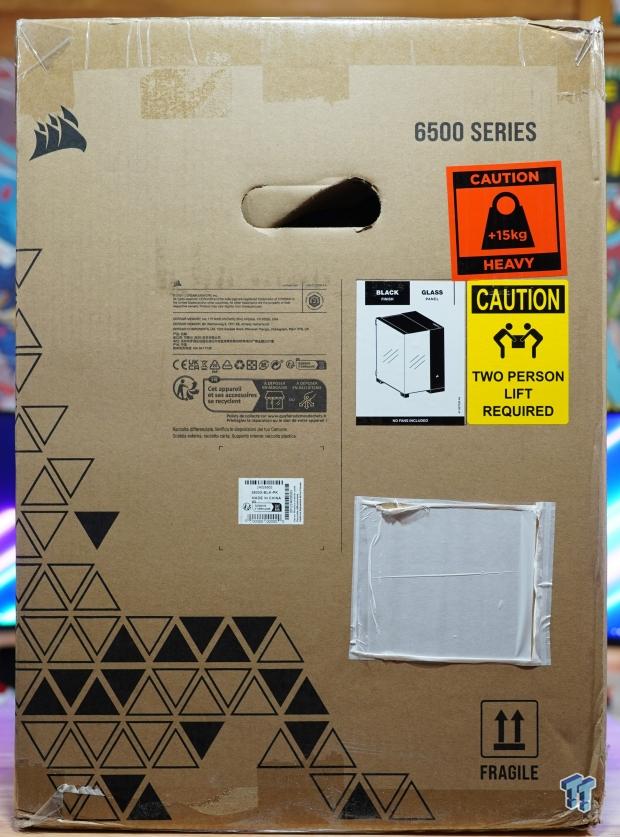
On this side of the packaging, Corsair has opted to ensure you know this case is a two-person lift, which I did not do. Corsair also continues its triangular design, alluding to some design of the 6500X.
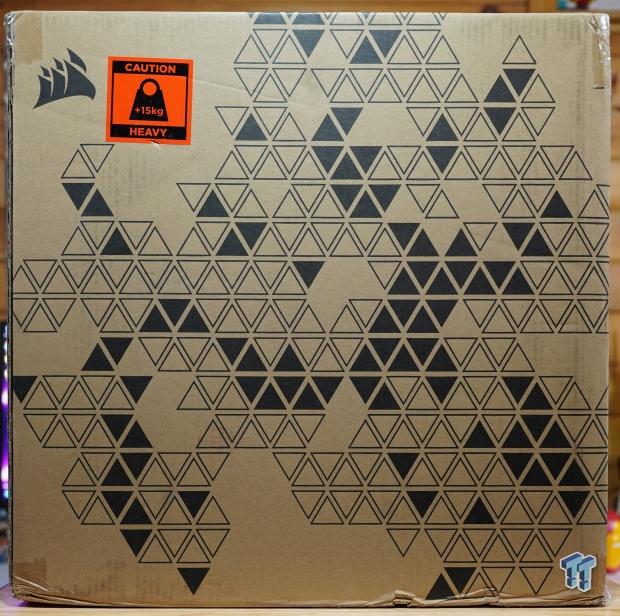
The back of the box shows more of the triangle design pattern.

Corsair also wants you to know to STOP, DON'T FORGET TO VIEW THE MANUAL. You can use your smartphone to scan the corresponding QR code to get the manual that matches the case you have purchased.
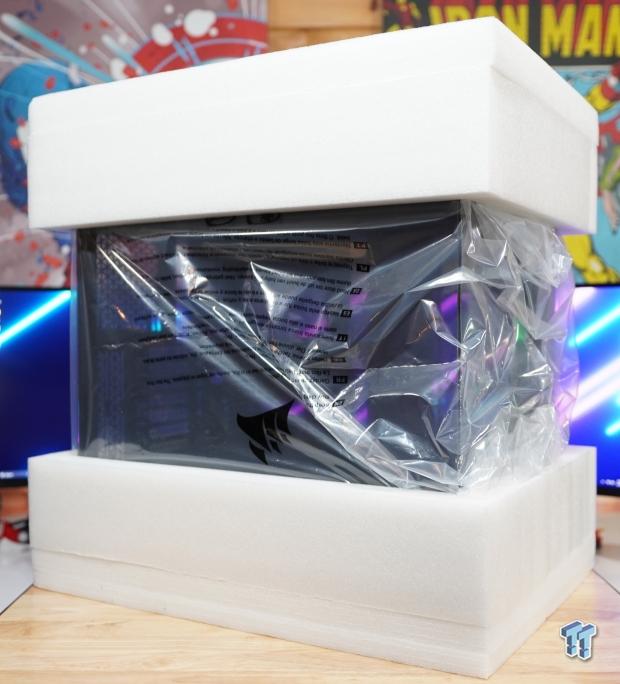
Corsair has used white high-density foam on both the top and bottom of the 6500X and a clear plastic bag to protect everything during shipment.
Outside the Corsair 6500X ATX Case
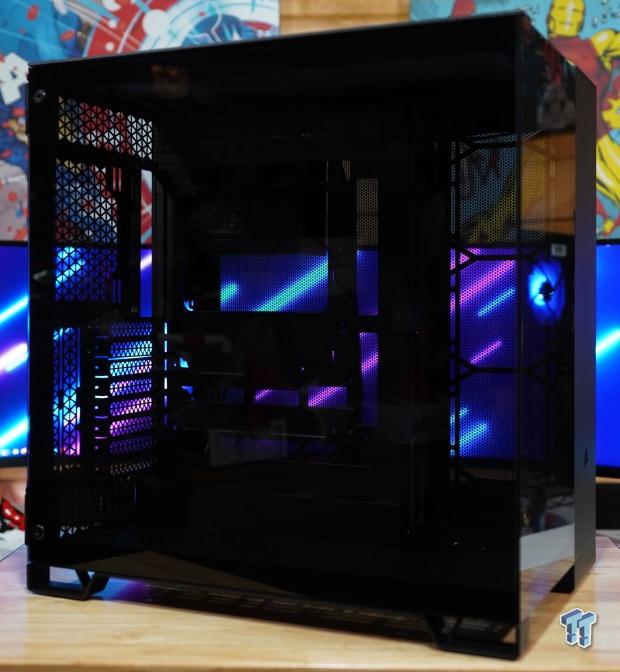
With all the packing materials removed, the Corsair 6500X looks familiar: the fishbowl PC. All jokes aside, the 6500X shares many features with other ATX cases that have come before it.
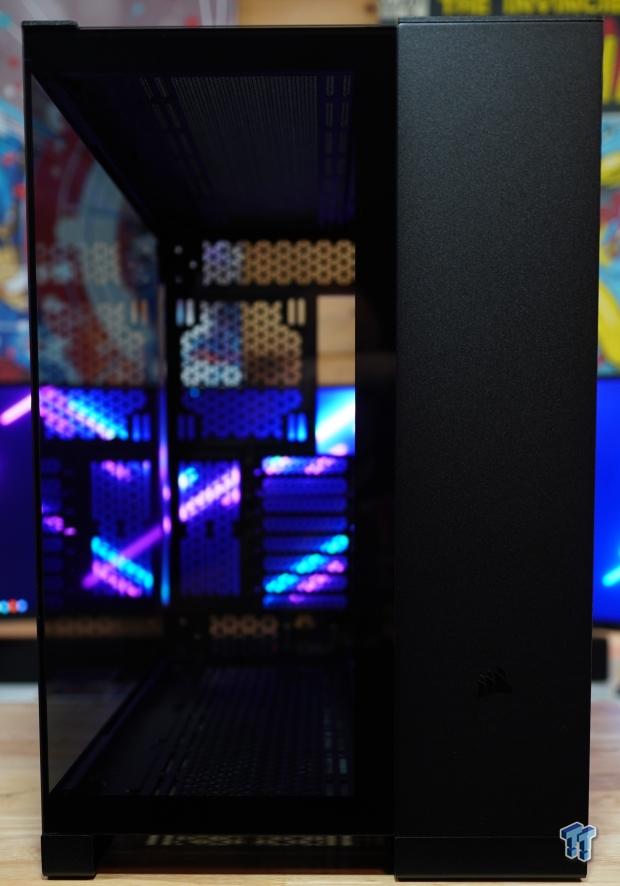
The front of the 6500X shows a tempered glass panel to the left and a solid panel to the right. Optional panels such as Bamboo, Obsidian, Satin Gray, Teak, and Walnut are available starting at $74.99 from Corsair's Online store.
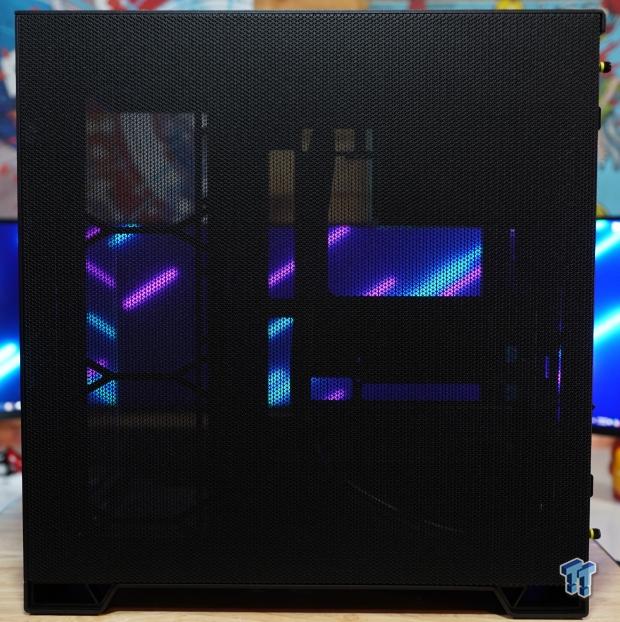
The back panel is completely meshed out, allowing the most airflow possible.
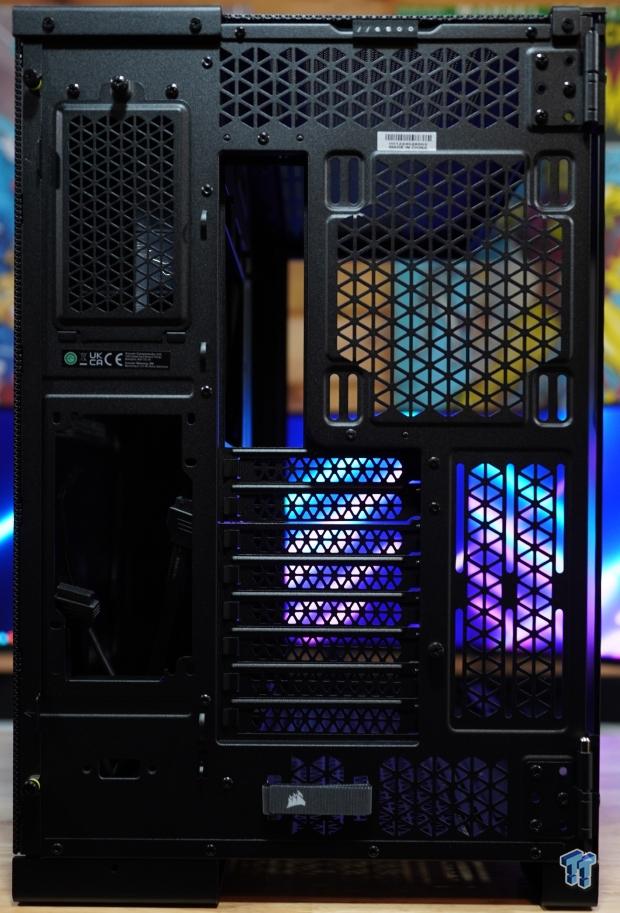
The 6500X's rear shows a wider stance, with a dual chamber design now very apparent with the PSU mount in the rear of the 6500X. Above the PSU mount is a removable HDD access bay via a single thumbscrew. The rear also supports a 120mm or 140mm fan in the rear fan location, along with smaller fan support above the eight PCIe slots. A cable tie-down point also helps keep all those cables at bay to manage external wires better.
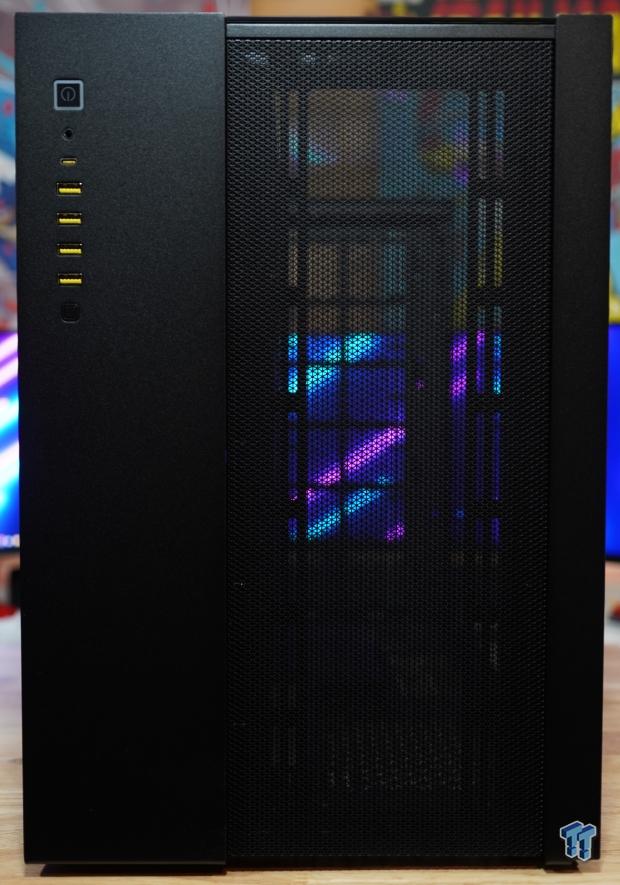
The top of the 6500X shows a full-length mesh panel, which is removable via a pull table towards the rear of the case. Under that mesh panel, there is support for up to a 360mm radiator or 3 140mm fans, but not a 420mm radiator due to the additional clearance length needed for the end tanks. The top I/O features a square power button, a combo 3.5 headphone/mic jack, a USB 3.2 2x2 Type-C port, four USB 3.0 Type-A ports, and finally, a small reset button.
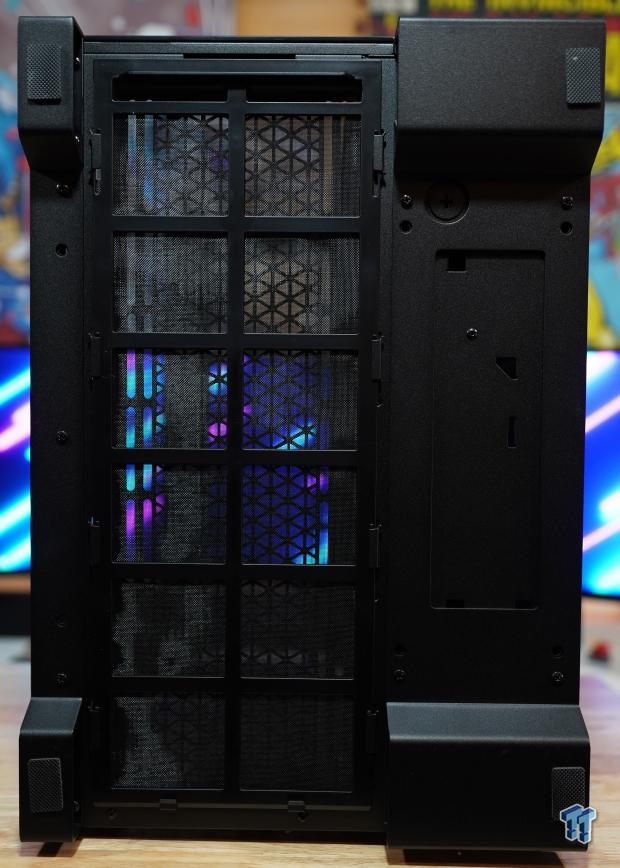
The bottom of the 6500X shows a full-length dust filter, which is removable from the front. The feet are made from molded steel with rubber dampeners that could have been larger to increase desktop grip.
Inside the Corsair 6500X ATX Case
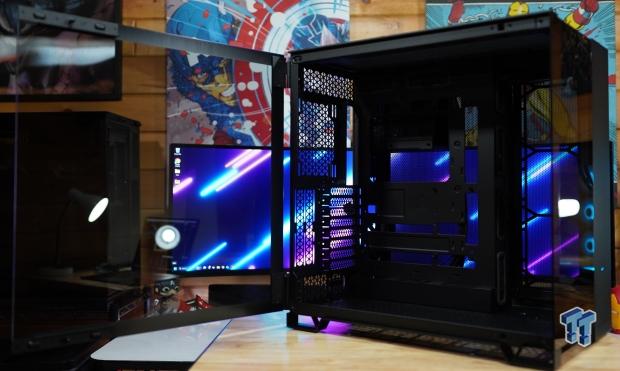
The tempered glass side panel is on hinges, which are removable via a single screw on the top hinge. Mounting pegs on top and bottom also secure the tempered glass side panel once it's in place.
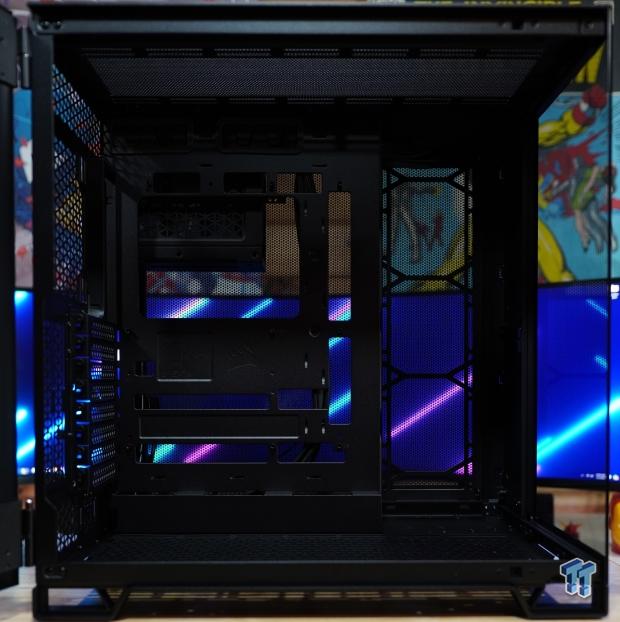
The internals of the 6500X show off its ability to accommodate the new breed of motherboards, complete with reverse power and data inputs plugged into the rear of the case instead of the traditional front. Support for either 360mm or 280mm radiators is at the top and bottom, while only a 240mm/360mm radiator is supported in the side location. Unfortunately, no fans are included.
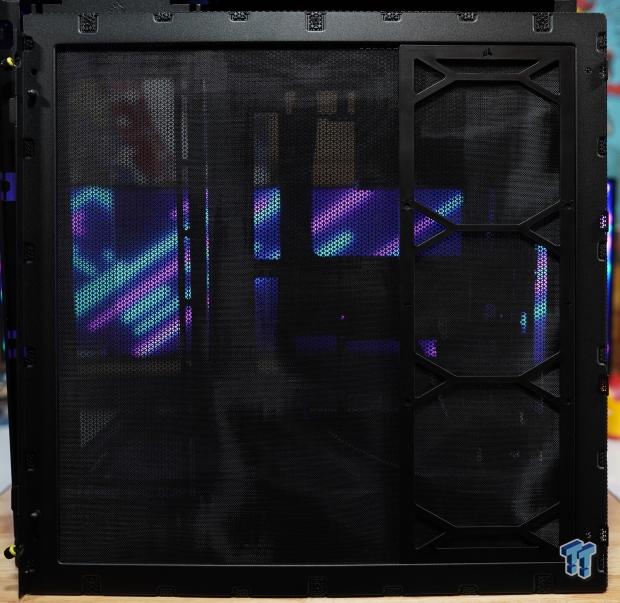
The rear side panel is completely meshed out on the outside, but flipping over to the other side, you are also greeted with a full treatment of dust filtration. Along the right side is a 360mm spacer so the dust filter does not impede the radiator and fans. The left side has the same pegs found on the tempered glass side panel to hold the side panel in place while the user tightens down the two captive thumbscrews.
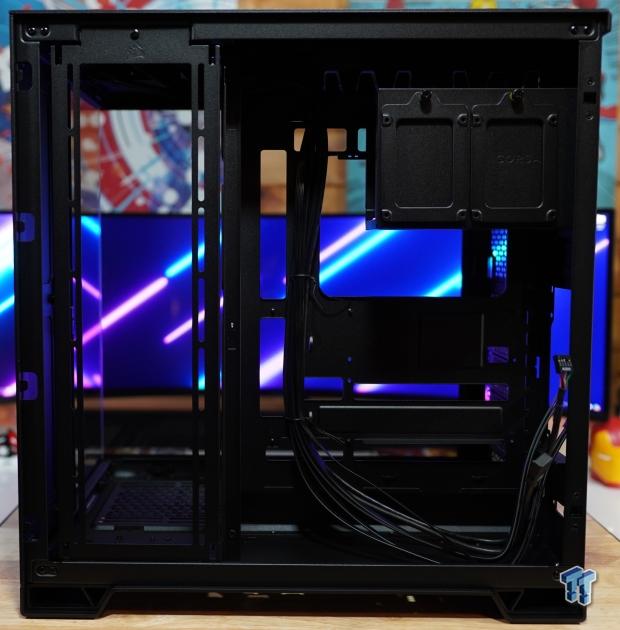
The rear of the 6500X shows a similar story regarding cable management, with all the cabling contained to the rear, especially if a reverse motherboard is used. Two 2.5" HDD or SSD sleds are mounted on the backside of the dual 3.5" HDD cage in the upper right section. As we move onto the righthand side, the side-mounted 360mm radiator mount is removable via a single screw at the top.
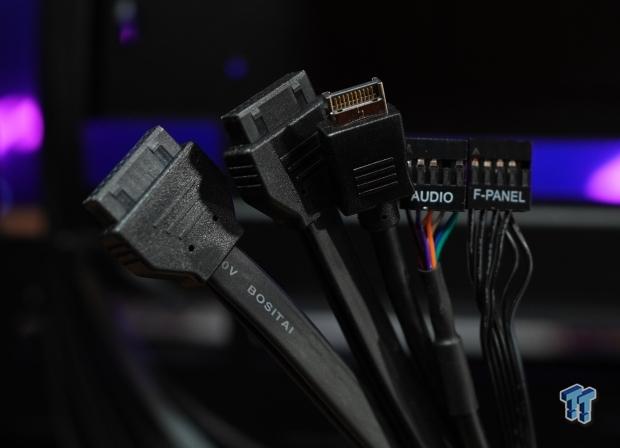
For the front I/O cables, Corsair has opted for two separate USB 3.0 header connectors, a single USB Type-C connection, HD Audio, and a full fused-together front panel header, which is very much welcomed when building.
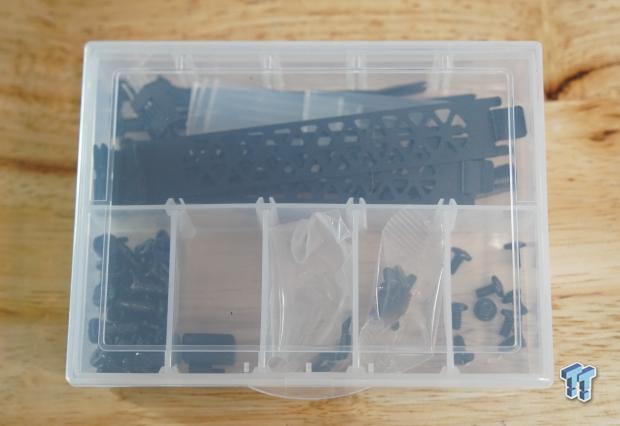
Test System, Installation, and Finished Product
- Motherboard: B650 AORUS Elite AX (AMD B650) - Buy from Amazon
- CPU: AMD Ryzen 7 7700X - Buy from Amazon
- Cooler: ARCTIC Liquid Freezer II 360 - Buy from Amazon
- Memory: Patriot Viper Venom 32GB DDR5 5600 RGB - Buy from Amazon
- Graphics Card: NVIDIA RTX 3090 Founders Edition - Buy from Amazon
- Storage: Corsair MP600 PRO XT Gen4 PCIe x4 NVMe M.2 SSD - Buy from Amazon
- Case: Corsair 6500X - Buy from Amazon
- Power Supply: XPG Core Reactor II VE 850w ATX 3.1 PSU - Buy from Amazon
- OS: Microsoft Windows 11 Pro 64-bit Build 22621 - Buy from Amazon
- Software: AIDA64 Engineer v7.20.6800, CPU-z 2.09.0 x64. GPU-Z 2.57.0, and HWiNFO64 v7.63-5205
Final Thoughts
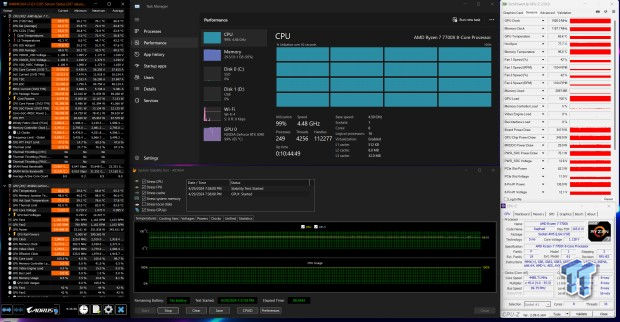
Testing the 6500X from Corsair, the standard AM5 test hardware was installed consisting of an AMD Ryzen 7 7700X with the vcore limited to 1.128v while running at the base frequency of 4.5GHz on a B650 AORUS Elite AX motherboard. For memory, two sticks of Patriot Viper at DDR5-5600M/T. The test GPU is the NVIDIA RTX 3090 FE, running at stock power limits and clocks via MSI Afterburner. With no included fans, the 6500X is at a disadvantage. However, the 6500X pulls a hat trick and maintains good case temperatures. Mounting the Arctic Freezer II 360mm AIO in the roof mounting location, which cooled the AMD Ryzen 7 7700X, CPU temps only rose to an average temperature of 66.9C. In contrast, the NVIDIA RTX 3090 FE GPU averaged only 65.3C while maintaining an average frequency of over 1.9 GHz boost clocks.
All testing was completed using Aida64 Engineer's System Stability Test version v7.20.6802 for over 9.5 hours; the ambient temperature was 17C. Other monitoring software used was HWiNFO64 v8.00-5400, TechPowerUp GPU-Z v2.59.0, and CPU-Z 2.09.0.x64.
Looking at pricing, which is currently at $199.99, makes the 6500X a harder sell than the O11 Dynamic from Lian Li, which sells for almost half the price-well, that's at least for the black models. If Corsair had included some basic black 120mm or even 140mm PWM fans, more budget-conscious buyers might have been able to look past the higher-than-normal price.
Construction-wise, the 6500X is well-built with thick steel while not compromising cooling performance. Corsair has added a bit of personal flair if the user is interested in various panels to help dress up the front and top of the 6500X. However, those add to an already high price.
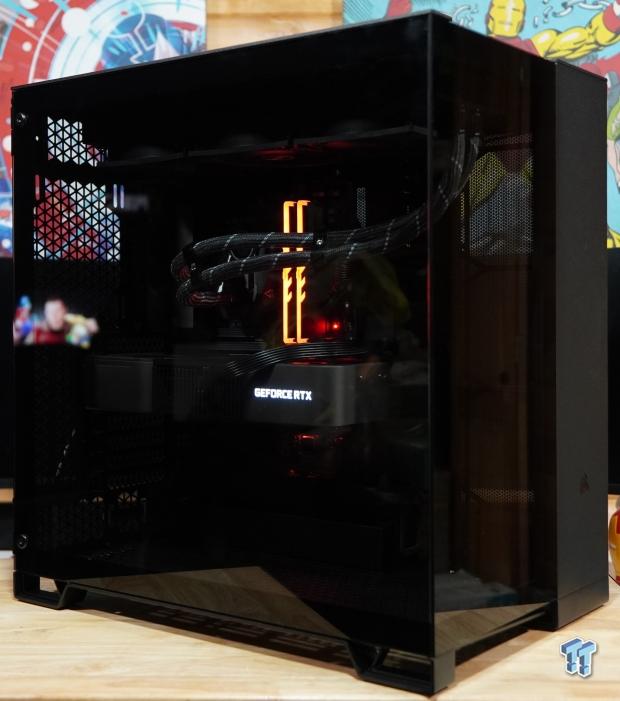
So, in closing, the 6500X mid-tower chassis from Corsair is quite a reintroduction to the fishbowl case market, strikingly similar to Lian Li's O11 Dynamic and others that have been coming into the market lately. But has Corsair done enough to differentiate the 6500X from its competitors? Well, not quite, with features like ARGB lighting, full 140mm fan/radiator support, an invertible motherboard tray, and included fans, all missing from the 6500X. With all things considered that other brands are now offering, unless you are a diehard Corsair fan, recommending the 6500X is a hard sell. Removing cost from the equation, the 6500X from Corsair is a great ATX case that can support a ton of water cooling or even a simple air cooling configuration without concern for thermal performance.

